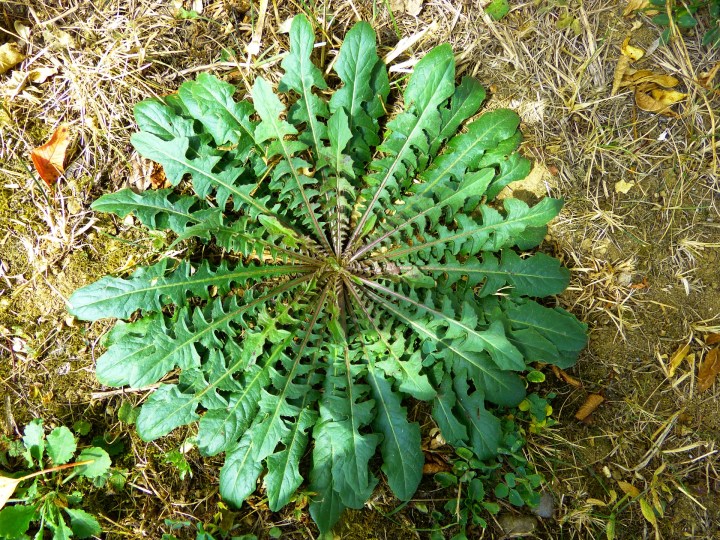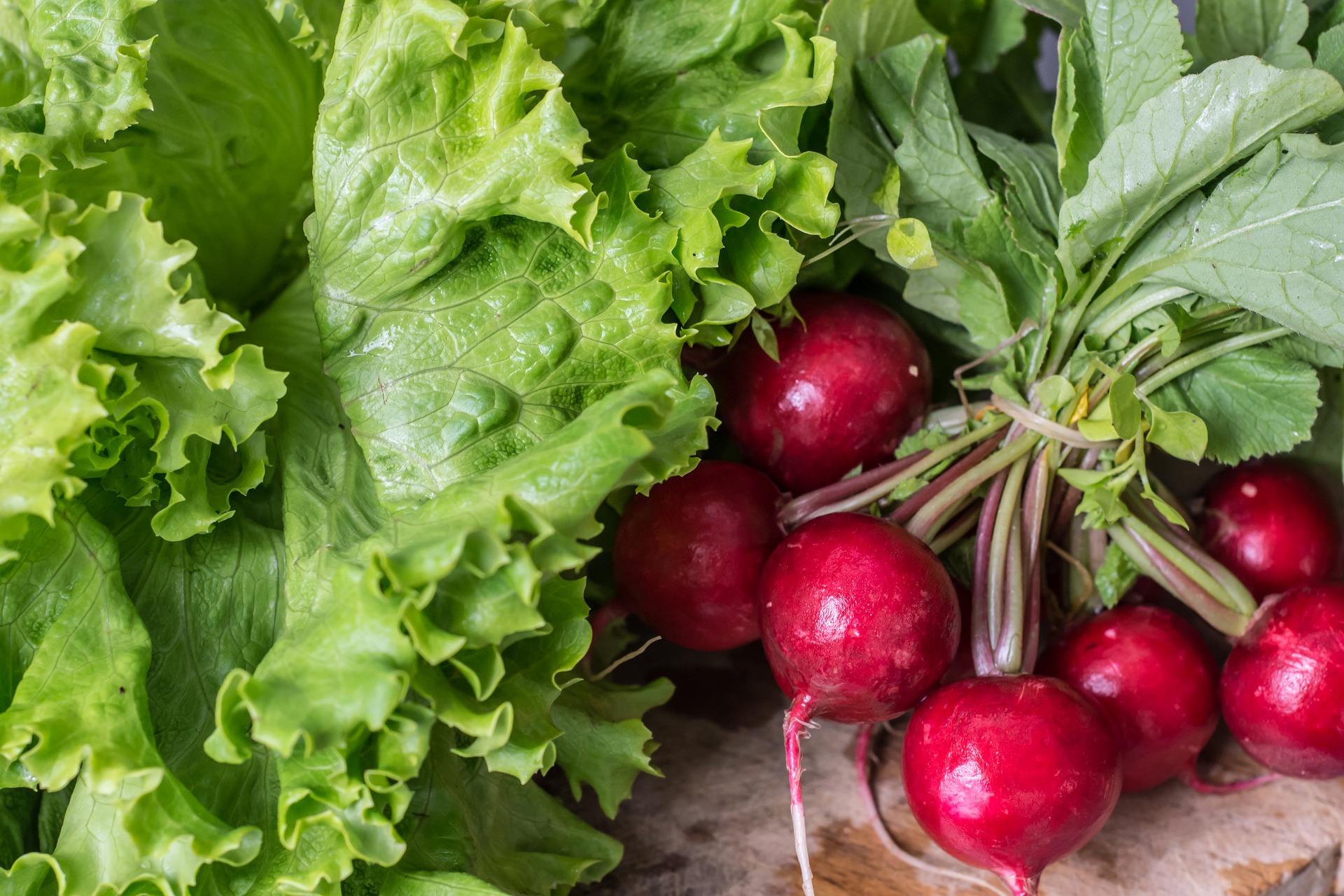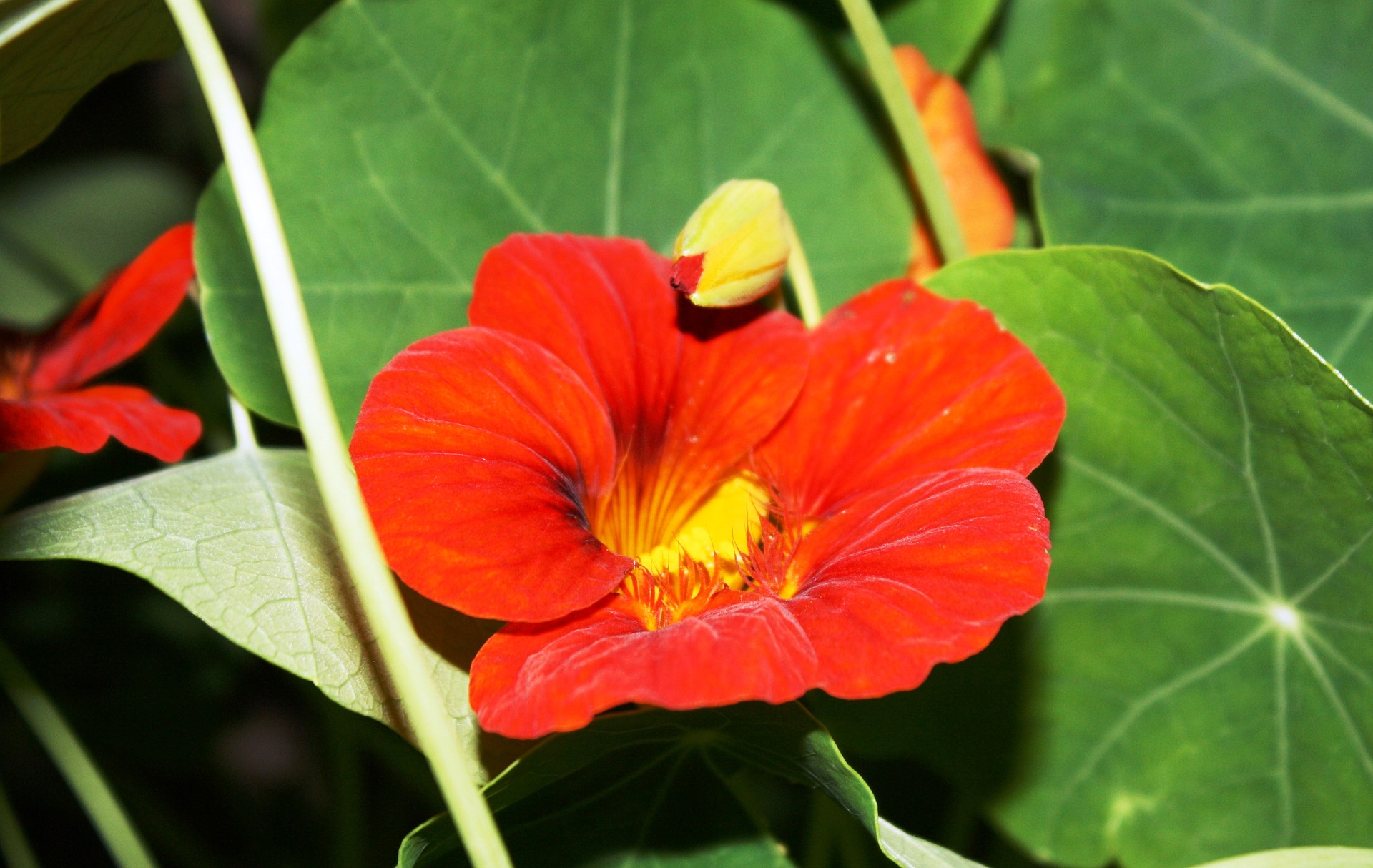SALAD DAZE
Out with the Iceberg, in with the Dandelion

What is it with this rocket obsession? And salads that are ubiquitously lettuce? Who says?
In January 2020 at this time I was very much appreciating my first salad of sweet potato leaves. It also featured some wild fennel and tender chicken under a very cheffy dressing by Jelele Mokhine on the Future Africa campus.
I’d long been a bit dissatisfied with what salads seem to have become, a pile of lettuce leaves. And that we don’t look beyond what supermarkets supply us in plastic pillows of mixed lettuce. A tumble into the salad bowl of nothing very interesting except for that third of a leaf of crisp red radicchio they grudgingly like to include.
In 2021, let’s pull out some more interesting options. And I don’t just mean rocket. One of those see-through pillows is called Mediterranean and in there are a few rocket leaves. People often buy a separate pack of rocket to add to boring salads.
You’d think by the amounts that we use, that rocket is the only leaf for adding a jolt of taste or bitterness. I have nothing against rocket but another sigh of despair that no-one thinks past it. There are more interesting leaves that do the job very well, if not better.
What is the job? We use it on and in everything. Yes, in salads alongside the lettuce, often under a honeyed dressing. As a flurry on white or any other pizzas, with some prosciutto or fig bits or caramelised onions for taste contrast. And so very often on plates that need “a bit of something”, under meat so that it rests nicely on an element that makes the dish seem a bit Italian or French or vaguely foreign somehow.
And that is really what rocket or arugula (in the States) is. It is rucola or roquette over there in Mediterranean Europe, where it came from before we started growing masses of rocket. The Italians often like to order some leaves at the end of the main course. They do not mean lettuce. Often they receive some rocket to be dressed at the table but more and more I see people eating mizuna, originally from Japan, eaten in the same fashion.
Rocket is a mildly peppery tasting leaf with a pleasant shape. It is not alone in possessing those features. But it is available everywhere here because it sells. It sells because that’s what we’ve come to accept or even ask for, without thinking too hard.
Eruca is what it was in Roman times. Virgil and Ovid thought it pretty sexy stuff even before anyone called it rocket. Elizabethan well travelled adventurers had it growing in potager gardens from where it fell out of favour or flavour till the end of the last century and regained it 30 or 40 years ago.
For a similar flavour and much more nutrition, use dandelion leaves. People say they can’t “get” them. They mean in a plastic supermarket dish. Well, they could if they asked the herb suppliers to grow some. Meantime, rip them out of the garden or actually grow them in a controlled way. I first fell for them way up above Florence, in the Fiesole hills where, on a patio with a stunner view, I was served a little pre-lunch dish of dandelion leaves, a few fine scrapes of parmesan, delicious oil, black pepper and perhaps some salt.
I love eating them with boiled eggs, chopped, or avo or anything, even on bread, with cheese, under meat or fish, with a squeeze of lemon, with some of that olive oil, salt and black pepper. They look every bit as nice as a rocket leaf too.

Image of radish leaves and radishes with lettuce by Christo Anestev from Pixabay
For all the same reasons, eat radish leaves. Maybe without the radishes, so that you can taste them for the nutritive and attractive leaves that they are. You can sometimes get them with radish bunches in supermarkets. But they are so easy to grow, I eat the leaves forgetting to reap the radishes beneath the soil.
The other great lookers with the same uses, wonderfully piquant taste and great nutrition are nasturtium leaves. They are not tattooed on chef Marthinus Ferreira’s arm for nothing. Everyone knows someone with some easy-growing nasturtiums. They don’t eat them. They buy rocket leaves, so eat their leaves and flowers for them. When you want to construct a prosciutto pizza or focaccia, throw on nasturtium leaves. So much better in every way. They’re wonderful in or as salads too but we’re getting back to those.

Image of nasturtium and leaves by Liliane Caliste from Pixabay.
If you want the sharpness of rocket but don’t worry too much about the leaf size, there’s nothing wrong with watercress. Japanese tatsoi, often called pak choi, sold in Chinese shops, also works, with bigger leaves. Mizuna is outstanding too.
And if you just like the look but not the taste so much, use young spinach leaves.
All of these make great salads too. But I think we must work out what we want from a salad. Because lettuce is rather empty of nutrients and taste. If you want a “green salad” you could also do better. You may not even want any leaves in your salad. There’s no reason why you should. It’s just what everyone else does.
I suppose we often eat salad because it’s there. And that’s exactly where I’ve had anaphylactic shocks that of course were not fatal. I don’t seek out boring salads. They were just there. Anaphylaxis can be caused by many things but on three occasions mine seems to have been caused by just lettuce leaves. Of course, there is no “just” when it comes to commercial agriculture and lettuce farming is big business. People want their lettuces “fresh”.
Nuking is supposedly no longer allowed to keep food “fresh” but sulphites can visually freshen up lettuces very easily. Any of the six sulphiting agents that are recognised as being “safe” can keep lettuces, vegetables, fruit and shellfish looking excellently “fresh” but are still supposed to be declared on the labels. What labels? I was not unhappy to stop eating salad lettuce, more difficult to clean of chemicals than other fruit and vegetables.
The lettuce that the ancient Egyptians first grew, part of the daisy family, were grown for their seeds, for oil. Later lettuce was used as a digestif, since it is very poor in anything nutritive, after the main meal, as when some Europeans still serve a small salad.
Icebergs for a long time were grown simply because mechanised farming didn’t cause too much damage to the heads. Later, when more advanced technology was used, butter lettuces flooded the market and competed with icebergs for ordinariness of taste. Cos has more taste and an interesting texture and so does the winter lamb’s lettuce but neither are common nor cheap.
People often say they eat salad because they want something fresh and green. Surely there’s a lot else besides lettuce that can satisfy that requirement. I’ll even supply a list.
They may also like a small salad as that digestive after the meal and before the wine and dessert. Olive oil in a dressing does help there and vinegar or lemon will freshen the palate for later wine or dessert or cheese appreciation. That means salad dressing is really what’s required and it needn’t be on lettuce.
In our country, many say salad is a filler of supposedly “good” things before the more expensive or “bad” things to come later. Before people get started in a restaurant, they often ask for a “salad for the table”. It will also cut later expenses. Some bread often comes with it and certainly curbs the appetite. Interestingly, this salad is often the same sort of Greekish thing no matter what the restaurant. It is lettucy to be sure, with some tomato, some cucumber and maybe some green or red pepper and it is often expected to contain feta cheese. It is as though feta is as much an expected salad ingredient as lettuce.
Think of the most boring salads and think of the parts you leave behind. The most boring salads are largely lettucy. Lettuce is almost always the part left over. Gone are the tomatoes, the pepper pieces, the cucumber even, the radishes and always the avocado. So what about leaves?
If you want a largely uncooked and generally savoury rather than sweet item at whatever point, it would be a salad. We do like the fresh aspect, so let’s look at completely raw leafy or even a few cooked leafy and green ideas.
Any of the above replacements for rocket would do, all very tasty but some of the nicer things I’ve had in salads that aren’t lettuce are the tiny Brussels sprouts leaves, uncooked and wonderful with a dressing or other accompaniments.
I am also very keen on our “weed” purslane leaves or the even bigger spekboom. They probably outclass most salad ingredients for nutrients, vitamins and more Omega-3 fatty acids than in any other vegetable and many fish oils. But they taste so good. They are lemony but with an alluring umaminess too. Put into the fridge before assembling a summer salad, they are juicy and cool among tomatoes, onions, olives and peppers, even a few leaves. They do well with fruit like strawberries and herbs and I love them in potato salads.
Our wild sorrel is also refreshingly lemony, both the trefoil leaves or flowers and even nicer mixed with the fresh smaller, especially the red, amaranth leaves.
Mint always works well in salads, especially in the company of chillies, and we have our own South African pointy-leaf mint, Balderjan or mentha longifolia.
Wild garlic stems are chopped like chives and the stems and flowers eaten. I believe and will soon try the cowpea leaves my friends are raving about for a really special taste. I love cowpeas anyway but the leaves can be eaten fresh or slightly sauteed.

Wild garlic with its edible stems and flowers. (Photo: Tony Jackman)
Pumpkin leaves require a bit of stripping but are great quickly sauteed as well in a salad. Young vine leaves, lightly pickled, are fantastic in salads and if there’s any fish in the mix, wrap ginger leaves around the pieces and steam for a while.
If these salad items aren’t in your garden, one thing Covid-19 has taught us is to go to the sources of them and ask. By WhatsApp, phone, email, Facebook or Instagram. We don’t have to receive what everyone else wants, via the middle men and then the supermarkets. The grower or source is usually delighted to engage with end users. End users have other friends and may even have ones who have restaurants.
I can now get my own wonderfully delicious sweet potato leaves, freshly picked, untouched by chemicals and was told and tried raw bean leaves too. It’s another great salad leaf find for turning over as a sort of new year resolution that is thinking about what food really is and what I want and how to source it best. DM/TGIFood



 Become an Insider
Become an Insider
This article has some interesting info on edible leaves, although it does appear to have bypassed the subeditor’s desk.
A couple of things … the writer says that lettuce is ‘very poor in anything nutritive’ but the (late) doyenne of the local herb and veggie world, Margaret Roberts, in her book Companion Planting, Briza 2007 (page 61) says that ‘Lettuce is an excellent source of all the B vitamins, as well as vitamins A and C. It is rich in beta carotene, high in calcium (containing almost as much calcium as milk), it contains folic acid, magnesium and potassium. The benefits of eating a large plate of lettuce daily is that lettuce has excellent antispasmodic properties, and the leaves contain silicon which strengthens the joints, the bones and the connective tissue. Lettuce also is calming, soothing and quietening. In the early centuries wild lettuce was boiled in milk and fed to babies to calm fretfulness and to ease colic. Medical science has found lettuce to have sedative qualities.’
Secondly, when I spent a summer holiday in Greece in the 80s, enjoying a Greek salad at least once a day, lettuce was never seen on the plate. Admittedly, in SA ‘Greek salads’ do contain lettuce.